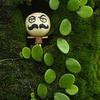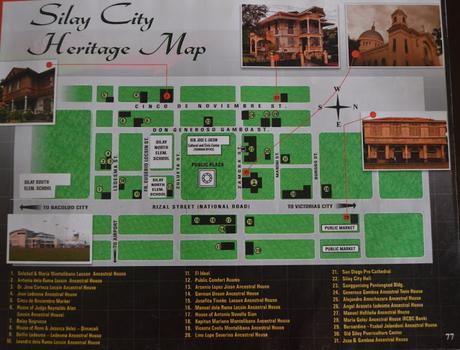 Silay City Heritage Map (click to enlarge)Photo from RJDExplorer
Silay City Heritage Map (click to enlarge)Photo from RJDExplorerBut not before filling up our tanks with breakfast and pies at El Ideal and then putting on puppy dog eyes so that the kind people of El Ideal would take pity and keep our heavy backpacks for us while we went on our house hunting tour of Silay City. (Our puppy dog eyes worked! On second thought, I think the people of El Ideal were just too kind.)
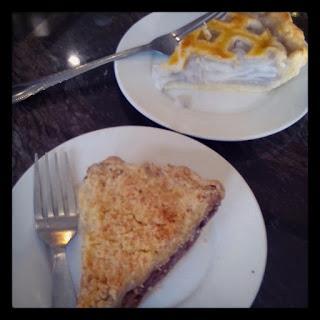 Guapple Pie (tasted like apple pie because of the heavy cinnamon) and Buko Pie from El Ideal
Guapple Pie (tasted like apple pie because of the heavy cinnamon) and Buko Pie from El Ideal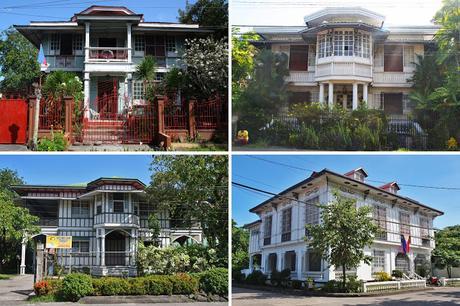 Ancestral homes of (clockwise from top left): Digna Locsin Consing, Teodoro Morada, Jose B Gamboa, and Alejandro Amechazura.
Ancestral homes of (clockwise from top left): Digna Locsin Consing, Teodoro Morada, Jose B Gamboa, and Alejandro Amechazura.We strolled every street on the map and gaped at over twenty grandiose houses of yesteryear. (Silay City reminded of the town of Taal.) Of the more than twenty ancestral homes we found, only three are open to the public.
Balay NegrenseCinco de Noviembre Street, Silay CityTuesday to Sunday 10AM to 5PMAdmission fee Php 60
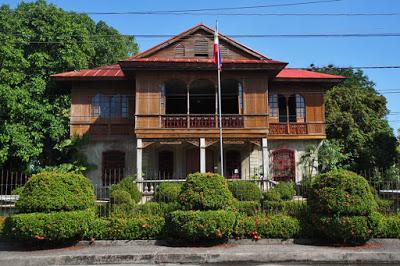 Balay Negrense was completed in 1901 and was the home of the sugar baron Victor Fernandez Gaston.
Balay Negrense was completed in 1901 and was the home of the sugar baron Victor Fernandez Gaston.It's been two years since my last visit to Balay Negrense, and I am guessing there's nothing new this time (because everything in this house is old!)...except for the admission fee which had increased from Php 40 to Php 60. So this time I chose to stay at the foyer and wait for a ghost to say hi while my two friends explored the house. (No ghost came to say hi.)
Manuel Hofileña HouseCinco de Noviembre Street, Silay City10AM to 5PMBy appointment (034) 495 4561Admission fee Php 60
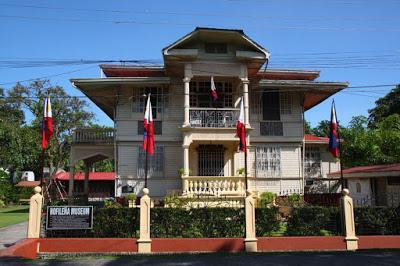 Two blocks from and on the same street as Balay Negrense stands the Hofileña House which was built in 1932 by Manuel Hofileña. His son, Ramon, currently resides in the house, but visitors and strangers are welcome after 10AM, though it is recommended to have an appointment (but we were lucky to have been welcomed in without one).
Two blocks from and on the same street as Balay Negrense stands the Hofileña House which was built in 1932 by Manuel Hofileña. His son, Ramon, currently resides in the house, but visitors and strangers are welcome after 10AM, though it is recommended to have an appointment (but we were lucky to have been welcomed in without one).I have been in the Hofileña House before, so while my friends toured the house, I just sat in the living room. Not to wait for a ghost (because it didn't smell like a ghostly, musty house) but instead to keep my eyes peeled for somebody living, like Mr Ramon. (I spotted Mr Ramon and he did say hello.)
Bernardino Jalandoni MuseumRizal St., Silay City(034) 495 5093 / 0907 726 5940Tuesday to Saturday 9AM to 5PMSunday 9AM to 4PM
Admission FeePhp 60 adultPhp 30 student
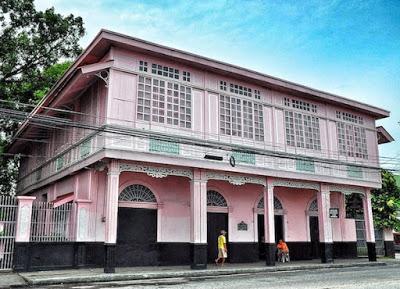 Photo from Out of Town Blog
Photo from Out of Town BlogThe Bernardino Jalandoni house (or as the locals like to say, the "pink house") was built in 1908, and like Balay Negrense, it is now a museum.
This time I joined my friends in touring the Bernardino Jalandoni house (because I have not been here before!).
The living room, dining room, kitchen, study room, toilet, and bedrooms were all on the second floor. The tour guide didn't really say much about the history of the house nor about its owners, but just showed the different things in the house that were from another country (like the embossed tin ceiling, water filter, and glassware) or things that were older than me (like the piano, gramophone, and...most of the things there).
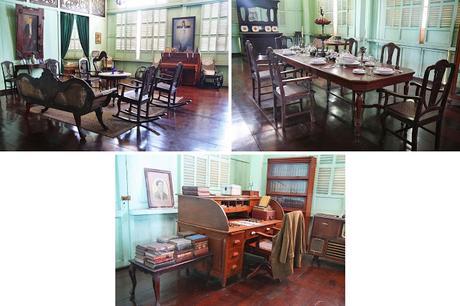

On the ground floor there was nothing much to see, just horse carriages; a gallinera, which is a bench with a chicken coop underneath (I thought those were for shoes not chickens!); a collection of dolls; and old photographs of Silay and Manila. Typical of houses in the 1900s, the ground floor served as the garage.
 Left: Gallinera, a bench with a chicken coop underneath
Left: Gallinera, a bench with a chicken coop underneathRight: Caromata or horse carriage
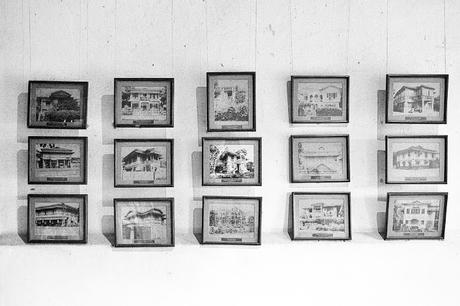 Photographs of the ancestral homes in Silay
Photographs of the ancestral homes in Silay Had I not joined my friends and had I chosen to stay at the ground floor, I think I would have had a good chance of finding something otherwordly. Especially in the dark backroom where all the dolls were kept.
Either I should stop visiting old houses or stop watching horror movies. If they find out I'm chicken, it would be to the gallinera I go.
